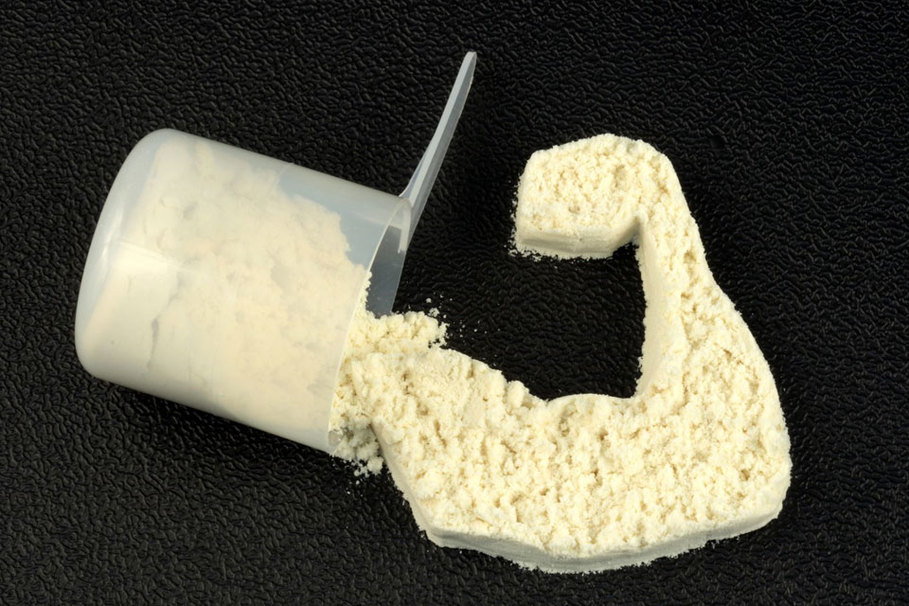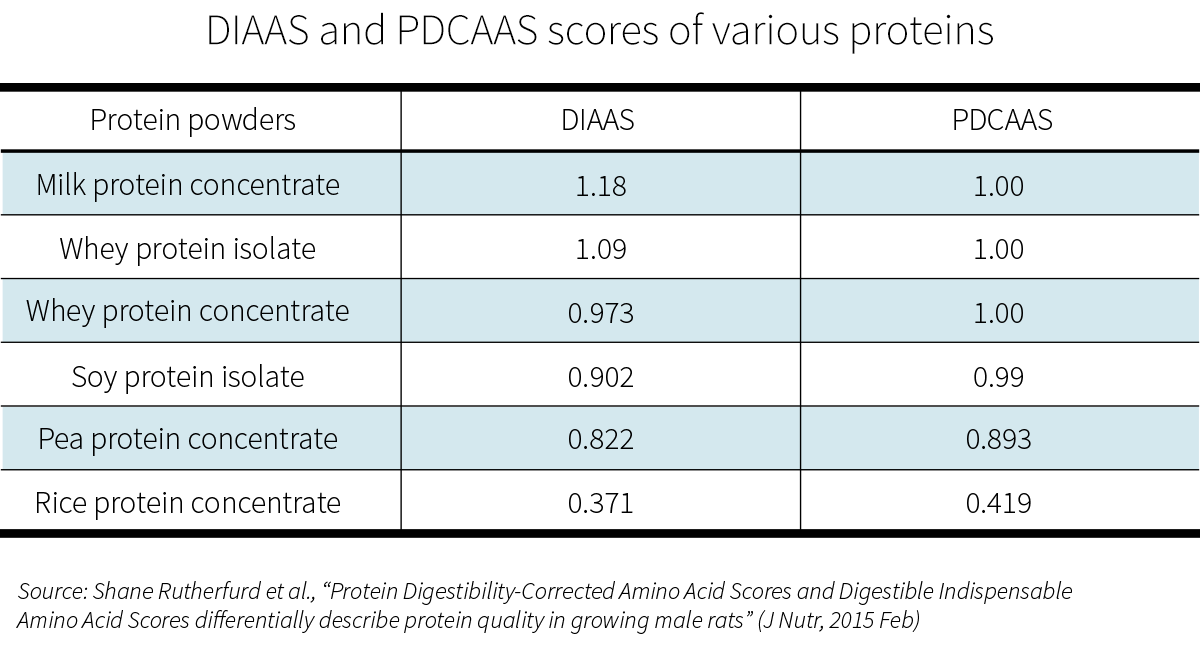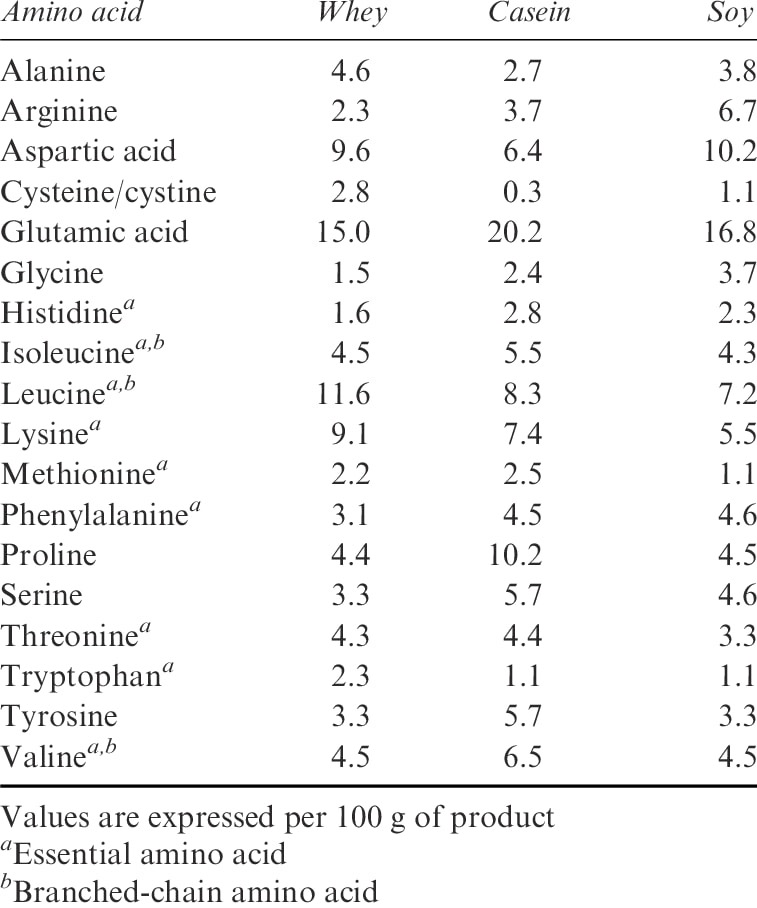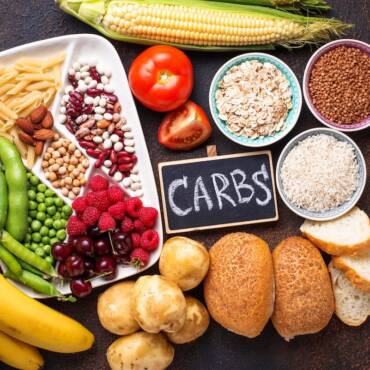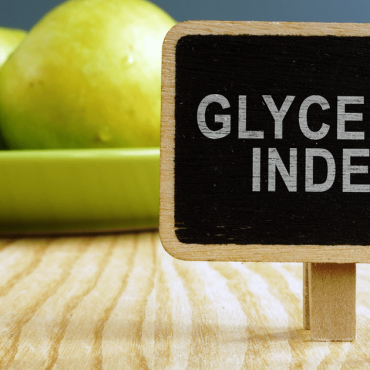Optimize Your Protein Intake
Dietary Protein
As a fitness minded individual, it is important to both understand protein quality and to assure adequate protein intake to help you reach your physique, health, and performance goals. In this article we will discuss optimal daily protein requirements for athletes as well as give insight into the quality of various protein sources.
Daily Requirements
Based on current research, a protein intake of 0.72-1.5g/lbs of body weight daily for most athletes is warranted. Variance within the range will depend on body composition, personal preference, whether in a calorie surplus or deficit, and goals. It is worth noting that recommendations for obese patients are more accurate if based off of lean body mass instead of body weight, although the lower end of the body weight range is perfectly acceptable.
Current literature recommends a daily protein intake of ~2.2-3.1g/kg of LBM for the obese. Obtaining accurate body composition information is often expensive and impractical, however. In these cases, a good rule of thumb for the obese is to shoot for 1g of protein daily per centimeter of body height.
The commonly accepted 25-30 grams of protein per meal (to maximize muscle protein synthesis) and the daily recommendation for 1.6 g/kg of body weight are potential under-estimations.
https://www.ncbi.nlm.nih.gov/pubmed/28807333
1) Bodybuilders may benefit from ingesting more daily protein than the current evidence-based recommendations. 2) There is some evidence indicating that a higher ingestion of protein (≥ 3.0 g/kg body weight/day) enhances improvements in body composition. 3) Current recommendations for muscle hypertrophy suggest a relative protein intake ranging from 1.4 g/kg/day up to 2.0 g/kg of body weight/day is required for those involved in resistance training. However, research indicates that the actual ingestion of protein in competitive athletes is usually greater than advocated in guidelines. We conclude that competitive athletes may benefit from consuming a higher protein intake than what is generally prescribed for recreational lifters.
https://link.springer.com/article/10.1007/s40279-019-01111-y
Protein Quality
The density of protein in a food source can be quantified on the basis of the amount of total calories ingested to achieve intake of the daily requirement of all essential amino acids (EAAs). Non-protein components of protein food sources can be considered in terms of the amount and nature of fat, carbohydrate and fiber, as well as the content of micronutrients.
As a rule of thumb, anything over 100% (or roughly 0.900) on the DIAAS scale is a high quality protein source. It should also be noted that within the context of a complete diet, a variety of protein sources can make up for deficiencies in any single source.
The protein number itself does not tell the entire story, as different protein sources may be composed of vastly different amino acid ratios. In the case of a vegetarian or vegan diet for instance, the protein number may be adequate, but individual amino acids may be in lesser supply. This generally necessitates either individual amino acid supplementation or an overall increase in amount/variety of ingested plant based protein to achieve the same results as an equivalent source of animal based protein.
In general, protein digestion is approximately 23% better in a meat-based diet vs a plant-based diet. “Research suggests that the protein DRI for vegetarians consuming less than the expected amounts of animal protein (45% to 50% of total protein) may need to be adjusted…to account for decreased protein bioavailability.” Thus an increase of ~20% in daily protein for a plant-based diet is potentially warranted.
https://www.ncbi.nlm.nih.gov/m/pubmed/21167687/
These findings have been mirrored in other research as well. “Based upon available protein, as determined through the DIAAS, vegetarian athletes in this study would need to consume, on average, an additional 10g protein daily to reach the recommended intake for protein (1.2 g/kg/d). An additional 22g protein daily would be needed to achieve an intake of 1.4 g/kg/d”. This produces a recommendation of an increase of ~20% for those attempting to hit a specific equivalent of grams of protein/pound of bodyweight daily.
https://www.mdpi.com/2072-6643/11/12/3016/htm
These problems may be largely mitigated, however, when large daily intakes of protein are consumed (∼2 g/kg bm/day). Omnivorous and vegan diets can support comparable rested and exercised daily myofibrillar protein synthesis rates in healthy young adults consuming a high-protein diet. It’s important to understand that it tends to be more difficult for vegans to obtain the necessary amounts of protein from whole foods; thus, some individuals may require additional protein supplementation to achieve adequate intake as well as supplementation of nutrients such as creatine and L-carnitine.
DOI: 10.1016/j.tjnut.2023.02.023
Additionally: one of the main constituents of protein to consider when athletic performance (strength, power, hypertrophy) is important is Leucine content.

Free Form Aminos vs Intact Dietary Protein
Do not, however, confuse the importance of Leucine for an equivalence of whole protein and free form amino acids. Jackman et al found: “ingesting of all three BCAAs alone, without concurrent ingestion of other EAA, protein, or macronutrients, stimulated a 22% greater response of myofibrillar-MPS following resistance exercise compared with a placebo. The magnitude of this increased response of myofibrillar-MPS was ~50% less than the previously reported myofibrillar-MPS response to a dose of whey protein containing similar amounts of BCAAs. Taken together, these results demonstrate that BCAAs exhibit the capacity to stimulate myofibrillar-MPS, however a full complement of EAA could be necessary to stimulate a maximal response of myofibrillar-MPS following resistance exercise.” Even this does not tell the whole story as there are other constituents of dietary proteins that provide benefits beyond free form amino acids. This is why one could not simply take an EAA supplement to meet their daily protein needs.
https://www.ncbi.nlm.nih.gov/pmc/articles/PMC5461297
Gains in muscle mass are the product of long-term elevations of MPS over proteolysis. Whole protein sources have the advantage of raising and maintaining MPS levels higher and for longer than free form amino acids. “The postprandial MPS increase following the ingestion of BCAA and BCKA is short-lived, with higher myofibrillar protein synthesis rates only being maintained following the ingestion of an equivalent amount of intact milk protein.”
https://academic.oup.com/ajcn/advance-article/doi/10.1093/ajcn/nqz120/5524534

